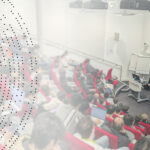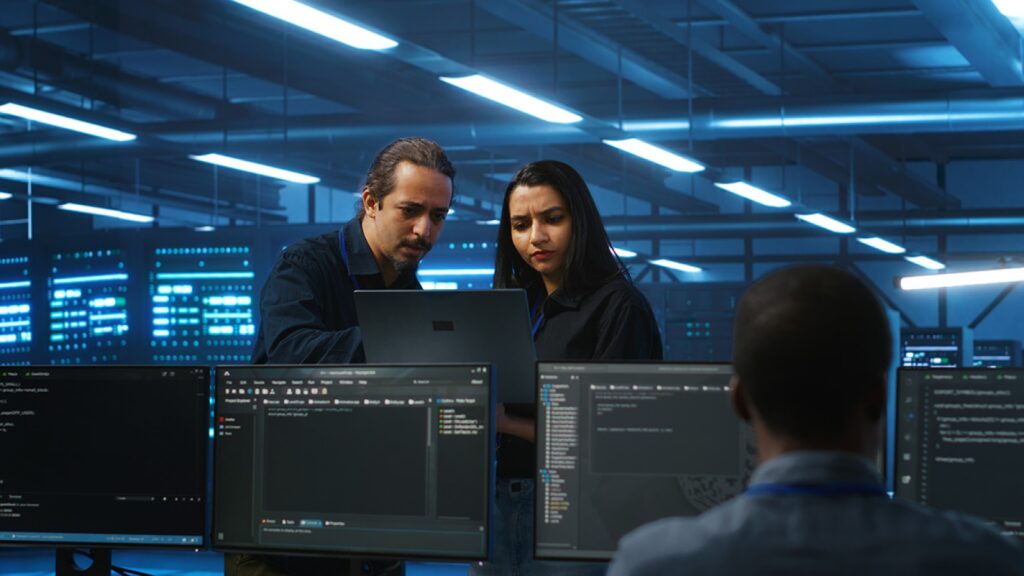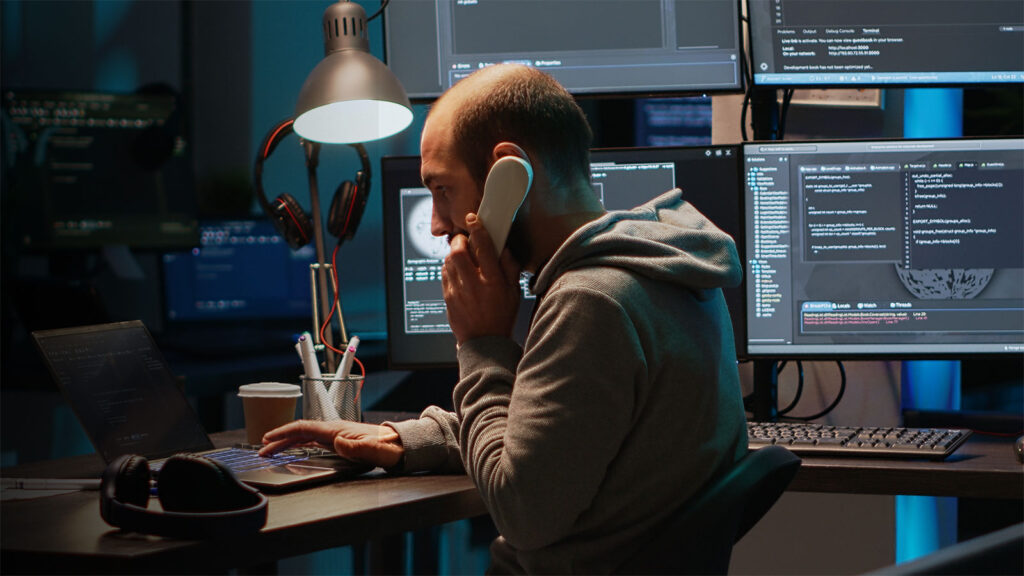Blog
Navigating infrastructure and cyber security challenges
In the webinar “Go the Distance: Navigating Infrastructure and Cybersecurity Challenges,” experts highlighted the complex landscape universities face—from diverse stakeholders and tight budgets to evolving cybersecurity threats. Key insights included the importance of incremental progress toward sustainability, strong device management through technologies like Software-Defined Access, and balancing digital transformation with institutional culture. Continuous user education, multi-factor authentication, and external partnerships were stressed as vital for resilient, secure infrastructure. Ultimately, a measured, collaborative approach helps universities navigate challenges while maintaining security and supporting academic freedom.

Key Learnings from Our Latest Webinar
In our recent webinar titled “Go the Distance: Navigating Infrastructure and Cyber Security Challenges,” industry experts Simon Furber, Adrian Gillen-Buchert, Glenn White, and Sam Khalid shared valuable insights on the current challenges and best practices in university IT infrastructure and cyber security. Here are the key takeaways from the discussion.
Understanding the Stakeholders
Simon Furber opened the webinar by emphasising the importance of recognising the numerous stakeholders involved in the educational journey—from students and faculty to administrative staff and leadership. Each plays a critical role in ensuring the success of the institution. However, achieving this while also contending with shrinking budgets, limited skills, and constant pressure to reduce operating costs is a significant challenge.
Budget Constraints and Sustainability
Adrian Gillen-Buchert, now the Networking Communications Manager at Bournemouth University, echoed these sentiments, highlighting the difficulty of maintaining complex solutions with a small team and limited resources. The pressure to meet sustainability targets adds another layer of complexity. Adrian stressed the need for small, incremental steps to manage this complexity effectively.
The Role of Cyber Security
Cyber security emerged as a top priority throughout the discussion. Adrian described how Bournemouth University differentiates between trusted and non-trusted devices, implementing measures like multi-factor authentication (MFA) and single sign-on to enhance security. Despite these efforts, phishing attacks remain a common threat, underscoring the importance of continuous user education.
Sam Khalid from Conscia discussed the challenges universities face with Bring Your Own Device (BYOD) policies, particularly in managing network access without compromising security. Adrian shared that Bournemouth University employs Software-Defined Access (SDA) technology to segregate and manage these devices, ensuring they do not access corporate resources directly.
Balancing Digital Transformation and Cultural Change
The conversation also touched on the broader theme of digital transformation versus cultural and business transformation. Adrian noted that while technological advancements are necessary, they need to align with the institution’s broader goals and culture. This balance is crucial for seamless integration and user acceptance.
Partnering for Success
One of the recurring themes was the importance of collaboration with external partners like Conscia. Adrian emphasised that leveraging external expertise helps fill skill gaps and accelerates project delivery. This partnership approach ensures that the university remains proactive in addressing emerging challenges.
Practical Security Measures
On a practical level, Adrian shared how Bournemouth University manages security policies and filtering for student devices. While academic freedom is a priority, the university also implements necessary restrictions to mitigate risks. This delicate balance requires strong leadership and clear communication of policies.
Future Directions
Looking ahead, the panelists discussed the ongoing need to adapt to new technologies while maintaining a secure and resilient infrastructure. Adrian highlighted the importance of executive sign-off and setting clear priorities to navigate these challenges effectively.
Conclusion
The webinar provided a comprehensive overview of the current landscape of university IT infrastructure and cyber security. The key takeaways emphasise the need for a balanced approach, leveraging external expertise, and maintaining a focus on security and sustainability. By taking small, incremental steps and fostering a culture of continuous improvement, universities can successfully navigate the complexities of today’s digital world.
For those interested in diving deeper into these topics, the webinar recording is available for further insights and detailed discussions from our expert panel.
About the author
Related














